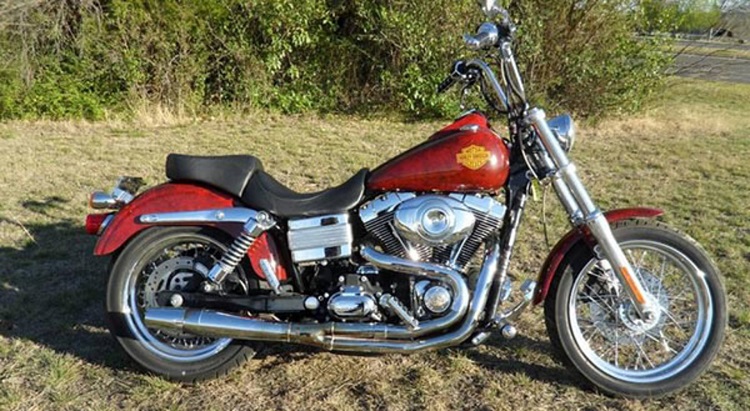Buying a used motorcycle can be an excellent way to get a high-quality bike at a lower cost. However, negotiating the price of a used motorcycle can be a daunting task, especially if you’re not familiar with the process. With the right approach and preparation, you can secure a great deal and feel confident in your purchase. This blog will guide you through the steps to effectively negotiate the price of a used motorcycle, ensuring you get the best value for your money.
Table of Contents
Do Your Research
Before you begin negotiating, it’s crucial to gather as much information as possible about the motorcycle you’re interested in. This includes understanding the market value, the bike’s condition, and any potential issues it may have.
Determine Market Value
Research the market value of the specific make and model of the used motorcycle you want to buy. Use online resources like Kelley Blue Book, NADA Guides, and motorcycle classifieds to get an idea of the average selling price. Knowing the market value helps you set a realistic budget and provides a solid foundation for your negotiations.
Inspect the Motorcycle
Thoroughly inspect the motorcycle to assess its condition. Look for signs of wear and tear, rust, and any damage. Check the tires, brakes, engine, and suspension. If you’re not confident in your ability to evaluate the bike, consider bringing a knowledgeable friend or hiring a professional mechanic to perform a pre-purchase inspection.
Review Maintenance Records
Request maintenance records from the seller. A well-maintained motorcycle with a documented service history is likely to be in better condition and command a higher price. The records can also reveal any recurring issues or major repairs that have been done.
Set a Budget
Establish a clear budget before you start negotiating. Decide on the maximum amount you’re willing to spend and stick to it. Having a firm budget helps you avoid overspending and gives you leverage during negotiations.
Start with a Reasonable Offer
When you’re ready to make an offer, start with a reasonable but lower price than the seller’s asking price. This leaves room for negotiation and shows the seller that you’re serious about buying the used motorcycle.
Be Polite and Respectful
Approach the negotiation with a polite and respectful attitude. Being courteous can go a long way in creating a positive atmosphere and increasing your chances of reaching a favorable agreement. Avoid being confrontational or aggressive, as this can turn the seller off.
Highlight Your Research
Mention the research you’ve done on the market value and the condition of the motorcycle. Highlight any issues you’ve found during your inspection that may justify a lower price. Providing evidence to support your offer shows the seller that you’re well-informed and serious about the purchase.
Be Prepared to Compromise
Negotiation is about finding a mutually agreeable price. Be prepared to compromise and meet the seller halfway. If the seller counters your offer, consider whether it’s within your budget and how it compares to the market value. Flexibility can help you close the deal and avoid losing the motorcycle to another buyer.
Consider Non-Monetary Factors
If the seller is firm on the price, consider negotiating other aspects of the deal. For example, you could ask the seller to include additional accessories, such as a helmet, saddle bags, or a maintenance package. These extras can add value to the purchase and make the deal more attractive.
Know When to Walk Away
If the seller is unwilling to meet your price or negotiate reasonably, be prepared to walk away. There are plenty of used motorcycles on the market, and it’s better to wait for the right deal than to overpay. Walking away can also give the seller a chance to reconsider your offer and possibly reach out to you later with a more favorable price.
Finalize the Deal
Once you’ve agreed on a price, it’s time to finalize the deal. Ensure that all necessary paperwork is in order, including the title transfer, bill of sale, and any maintenance records. Verify that the VIN on the motorcycle matches the documentation to avoid any potential issues.
Secure Payment
Decide on a secure method of payment, such as a cashier’s check or a bank transfer. Avoid paying with cash or personal checks to reduce the risk of fraud.
Arrange Transportation
If the motorcycle is not rideable or you need to transport it a long distance, arrange for a trailer or a transport service to safely move the bike to your location.
Conclusion
Negotiating the price of a used motorcycle can be a rewarding experience when approached with preparation and confidence. By doing your research, setting a budget, starting with a reasonable offer, being prepared to compromise, and knowing when to walk away, you can secure a great deal on a used motorcycle. Remember to finalize the deal with the necessary paperwork and a secure payment method. With these tips, you’ll be well-equipped to negotiate effectively and enjoy your new ride.

